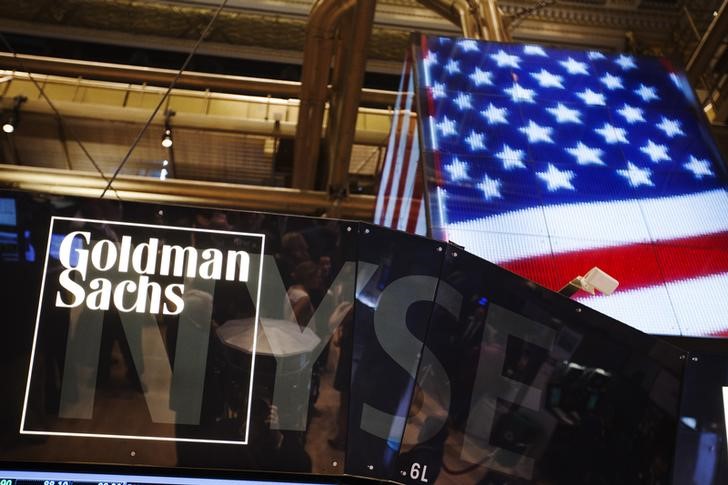By Nicolás Misculin
BUENOS AIRES (Reuters) – Argentines head to the polls on Sunday in primary elections, with voters set to punish the ruling center-left Peronist coalition, angry at inflation scraping 116% and a cost of living crisis that has left four in 10 people in poverty.
The primary is obligatory for most adults and each person gets one vote, making it in effect a giant dress rehearsal of the general election in October and giving a clear indication of who is the favorite to take the presidency.
That will be key for policy affecting Argentina’s huge farm sector, one of the world’s top exporters of soy, corn and beef, the peso currency and bonds, and ongoing talks over a wobbling $44 billion debt deal with the International Monetary Fund.
Polls will open at 8 a.m. (1100 GMT) and voting centers will close at around 6 p.m. (2100 GMT), with the first results expected around 9 p.m. (0000 GMT).
The economic crisis has left many disillusioned with the main political parties, the ruling Peronist coalition and the conservative opposition Together for Change, and opened the door for a potential surprise win by a far-right libertarian candidate.
Others are planning a protest vote for fringe parties or none at all, a trend which could play against the more moderate candidates in the race, including conservative Buenos Aires Mayor Horacio Larreta or Economy Minister Sergio Massa.
“I am thinking of leaving my vote blank,” said Micaela Panzera, a 22-year-old employee of a food company in Buenos Aires. “No candidate really convinces me.”
The most important leadership race is in the conservative Together for Change coalition, between centrist Larreta and more hard-line rival, ex-security minister Patricia Bullrich. Both are pledging more austerity and freer markets.
A major X factor is libertarian economist Javier Milei, who has been getting nearly one-fifth of the likely vote in opinion polls and winning over voters with a brash, unapologetic style. He wants to dollarize the economy and shut the central bank.
“A strong performance by the libertarian candidate would also constitute a surprise and could point to a contested three-candidate race in October,” bank Goldman Sachs (NYSE:) said in a note.
Pollsters expect low turnout, despite a fine for not voting.
“Higher abstention should be expected, perhaps also more blank votes. We have seen warning signs of this in the provincial elections held up to now,” said political analyst Carlos Fara.
“The hardest element to predict is Milei’s performance, because he’s a phenomenon outside the political norm.”
Pollsters see the combined Together for Change opposition candidates just ahead of the ruling Peronist bloc, with Milei pulling close to 20%. Many, however, admit it’s a hard race to predict. In the 2019 primary the polls were proved badly wrong.
Whoever wins in October – or more likely in a November runoff – will have major decisions to make on rebuilding depleted foreign reserves, boosting grains exports, reining in inflation and on how to unwind a thicket of currency controls.
Read the full article here










